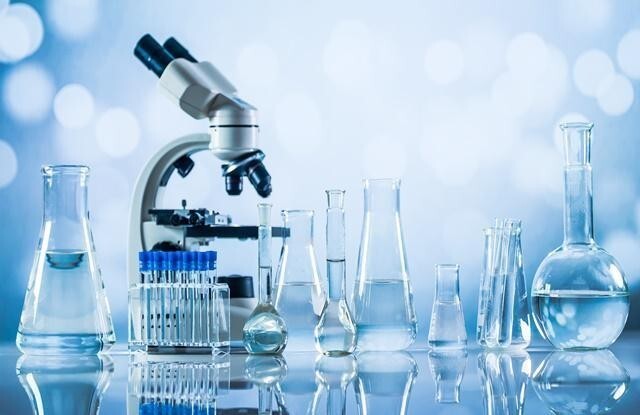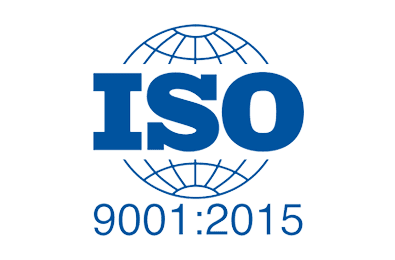In the fast-paced world of electronics manufacturing and design, having the right test lab equipment is critical for ensuring the quality, functionality, and reliability of your products. Whether you're an OEM, EMS provider, or a product developer, setting up a comprehensive test lab can significantly enhance your ability to innovate while maintaining strict quality standards.
Here’s a guide to the essential test lab equipment you should consider investing in:
1. Oscilloscopes
Oscilloscopes are indispensable for analyzing electrical signals in circuits. They allow engineers to visualize waveforms, measure voltage, and detect anomalies in signal integrity. For most labs, digital storage oscilloscopes (DSOs) with high bandwidth and multiple channels are ideal.
Recommended Features:
∙ High sample rate (at least 1 GS/s)
∙ Large screen for waveform clarity
∙ Advanced triggering options
2. Multimeters
Digital multimeters (DMMs) are essential for measuring voltage, current, and resistance. For precision work, consider investing in multimeters with high-resolution displays and the ability to log data for analysis.
Key Specifications:
∙ True RMS measurement
∙ Low impedance mode (LoZ) for eliminating ghost voltages
∙ Auto-ranging for ease of use
3. Spectrum Analyzers
For applications involving radio frequencies (RF) or electromagnetic interference (EMI), spectrum analyzers are critical. They help identify unwanted noise or interference in communication systems.
Key Features to Look For:
∙ Wide frequency range
∙ Built-in preamplifier for low-level signal detection
∙ Real-time analysis capabilities
4. Signal Generators
Signal generators provide standard or custom waveforms used for testing circuits under various conditions. They are essential for validating designs and troubleshooting.
Types of Signal Generators:
∙ Function Generators: For sine, square, and triangle waves
∙ Arbitrary Waveform Generators (AWGs): For custom waveforms
∙ RF Signal Generators: For high-frequency applications
5. Power Supplies
A programmable DC power supply ensures your circuit is tested under precise voltage and current conditions. Multi-channel power supplies are particularly useful for simultaneously testing multiple components.
Important Considerations:
∙ Adjustable voltage and current limits
∙ Overvoltage and short circuit protection
∙ Remote control options for automated setups
6. Environmental Testing Equipment
For durability testing, equipment like temperature chambers and humidity cabinets simulate real-world conditions. These tests ensure the product performs reliably under stress.
Common Types:
∙ Thermal shock chambers
∙ Vibration test systems
∙ Salt spray chambers (for corrosion resistance testing)
7. Logic Analyzers
Logic analyzers are ideal for debugging digital circuits, especially those involving microcontrollers or programmable logic devices. They provide insights into timing relationships and protocol compliance.
Key Features:
∙ High channel count
∙ Protocol decoding (e.g., I2C, SPI, CAN)
∙ Large buffer memory
8. Automated Test Equipment (ATE)
For mass production environments, automated test equipment ensures consistent and efficient testing. ATE systems integrate with your production lines to streamline testing processes for PCBs and final assemblies.
9. Microscopes and Inspection Tools
For PCB inspection and solder joint analysis, microscopes with high magnification are invaluable. Options like digital microscopes with 4K resolution allow for detailed documentation and analysis.
10. Data Acquisition Systems (DAQs)
DAQ systems collect and analyze multiple signals simultaneously, making them essential for research labs and complex system testing. Modern DAQs often feature wireless connectivity for remote monitoring.




